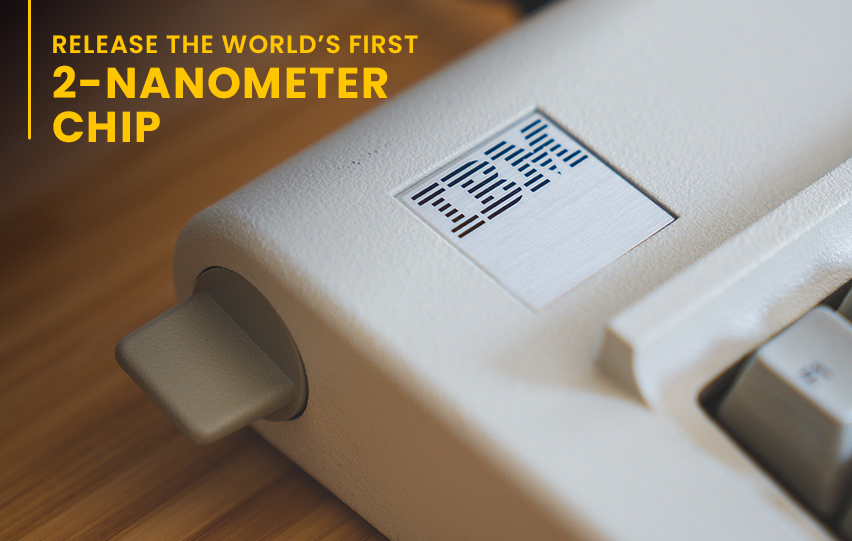A new development on IBM's plan to introduce the globe's first 2-nanometer chip for accelerated computation surfaced online on May 6, 2021.
According to the firm, the system will be 45 percent quicker and 75 percent more energy-effective than modern-day's 7-nanometer chips that many gadgets have.
The 2-nanometer chips will be quicker and smaller compared to the cutting-edge 5-nanometer chips, which are only available in high-end mobile phones, such as Apple Inc.'s iPhone 12 devices, and the 3-nanometer chips that will follow after 5-nanometer.

The transistor, which functions as an electric on-off toggle, is said to shape 1s and 0s of binary digits at the base of all digital computation is the innovation IBM demonstrated on Thursday.
Building the switches smaller makes them quicker and more energy-consuming, but it also causes issues of electron leakage while the controls are meant to be off.
In an interview with Reuters, Daro Gil, the Senior Vice President and Director of IBM Research, said that scientists could avoid leakage by draping plates of insulators just a few nanometers thickness.
The chip is built on nanostructured engineering, which comprises 3 layered horizontal sheets of silicon, each just a few nanometers thicker and fully enclosed by a lock.
Nanosheet proposal is intended to overtake FinFet engineering, which is identified after the fin-like indentations of the latest silicon that protrude from the processor's top.
FinFet's lifespan has been roughly calculated at the 7-nm point. If the semiconductors were much smaller, they would be impossible to turn off: electrons will escape out, even with three-sided locks.
In an interview, Gil said, "In the end, there's transistors, and everything else relies on whether that transistor gets better or not. And it's not a guarantee that there will be a transistor advance generation to generation anymore. So it's a big deal every time we get a chance to say there will be another."
"It is the product of IBM's approach of taking on hard tech challenges and a demonstration of how breakthroughs can result from sustained investments and a collaborative R&D ecosystem approach,” he added.
The major innovation draws on IBM's generations of transistor engineering leadership. The firm's semiconductor production activities are centered at the Albany Nanotech Complex in Albany, NY.
It is where IBM researchers collaborate closely with government and industry collaborators to expand the limits of logical growing and semiconductor capability.
On the other hand, there are assumptions that the IBM POWER10-based IBM Power Systems will be the first commercially produced model to provide IBM Research 7 nm advances later this year.
















